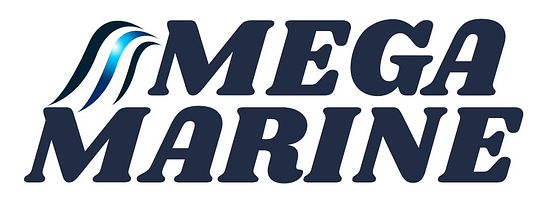Anchoring
Anchoring is not only a normal part of boating, it is also an important safety measure in an emergency.
Anchoring may keep the vessel safely positioned head on to heavy conditions and it can also allow you to retain your position and not be swept away or on shore.
Five things to remember
1.Choose your anchor, chain and/or line carefully to suit your vessel requirements, the depth of water, and the bottom type you are likely to operate in
2.Always lower the anchor rather than hurling the anchor and chain overboard, this may lead to tangling.
3.As a rule of thumb, the line paid out should be at least three times the depth of water. This distance should be increased to five to one in rougher seas
4.Regularly check the anchor is not dragging by inspecting the rope tension and monitoring your position
5.Never drop anchor from the stern or midship, you may risk swamping the vessel.
The anchor with chain or line or both chain and line must be of sufficient strength and durability to secure the vessel and must be appropriate for that purpose in the area of operation of the vessel. The chain or line or combination must be securely attached to both the anchor and the vessel at all times.
The Vessel Operating and Zoning Rules (VOZR) state that anchorage of vessels is not permitted in certain areas.
•It is illegal and dangerous to anchor in shipping channels or transit lanes
•It is illegal and dangerous to tie up vessels to navigational aids.
